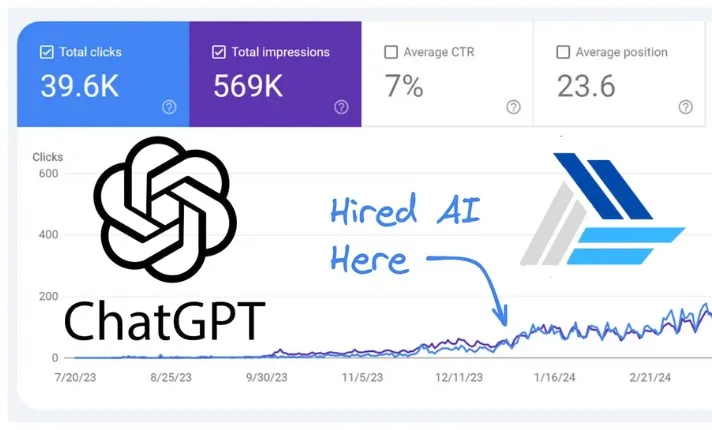How to Generate Music with Python: The Basics
For several years, I have leveraged Python to procedurally generate MIDI, significantly speeding up content creation for my music software, Signals&Sorcery. With a bit of guidance, generating music with code becomes accessible and enjoyable. This practical guide will provide you with the essential music theory and technical knowledge to kickstart your journey into procedural music generation. Both coding and music are intricate fields, and I have dedicated 25 years to music and 15 years to coding. My aim is to present you with concise, relevant information to help you get started. By the end of this guide, you'll be capable of generating MIDI basslines, chords, and arpeggios that not only sound great but also fit musical chord progressions. Plus, you'll learn how to import your MIDI creations into your favorite Digital Audio Workstation (DAW), like Ableton, and produce your own tracks!
Let’s Dive into the Music Concepts
First, it's important to understand that tonal harmony guidelines are not strict rules; they are merely formulas for creating certain sounds. The only true rule in music is that if it sounds good, it is good. Now, let’s cover some essential music theory concepts:
SCALE
A music scale is a collection of notes that harmonize together. Think of it as a color palette for music. For example, the C major scale, which consists of the white keys on the piano, is one of the most widely used scales in Western music. There are countless beautiful pieces that utilize the notes of C major, and even more when considering other scales. For this tutorial, we will focus on the C major scale, though these concepts apply to any scale.
CHORD
A chord consists of three or more notes played simultaneously. For instance, if you strum all the strings of a guitar without pressing any frets, you’re playing a chord, albeit not a harmonious one.
ARPEGGIO
An arpeggio is similar to a chord, but its notes are played sequentially rather than simultaneously.
BASSLINE
Basslines consist of low notes that typically follow chord tones, often playing the root note of the chord. For example, in a C major 7 chord, the root note is C. While many effective basslines stick to the root note, more intricate styles, like funk or jazz, often feature complex basslines.
CHORD PROGRESSION
A chord progression is a sequence of chords. A simple example might be a progression of C to C to F, then G, which can be repeated. We will use this progression throughout the rest of the tutorial.
MELODY
Melodies are sequences of pleasing notes that harmonize with the underlying chord progression. Melody generation is a more advanced topic and is beyond the scope of this tutorial.
Let’s Create a Chord Progression!
To programmatically generate appealing arpeggios, chords, and basslines, we need to establish a chord progression. There are guidelines indicating which chords correspond to specific scales. While this topic can get quite detailed, it is the most complex music theory I will cover today. For the sake of this tutorial, take this information at face value, but you will likely want to explore the relationship between chords and scales in greater depth later on.
Frequently Asked Questions (FAQs)
1. What is the Music Code Generator Tool?
The Music Code Generator Tool allows users to create MIDI files using Python, making music generation easier and more efficient.
2. Do I need programming knowledge to use the tool?
While some basic programming knowledge can be helpful, the tool is designed to be user-friendly for all skill levels.
3. Can I use the generated MIDI files in my DAW?
Yes! You can easily import the MIDI files into any Digital Audio Workstation (DAW) to start producing your tracks.
4. What kind of music can I create with this tool?
You can create a variety of music styles, from electronic to classical, by generating chords, basslines, and melodies.


 By: Jimni Nomics
By: Jimni Nomics
